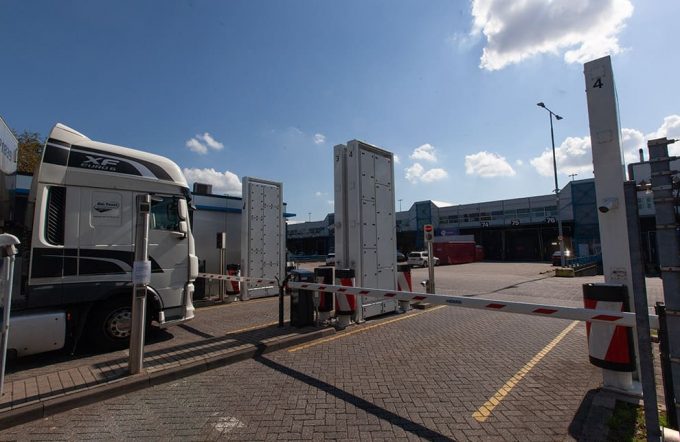Congestion at Vancouver worsens – but it's not all the port's fault
Congestion at Canada’s west coast gateway of Vancouver is set to worsen in the coming ...

Airport stakeholders have turned to AI technology to relieve the serious congestion that has plagued western European hubs for much of the past year.
At Schiphol, handlers Dnata and Menzies World Cargo have announced their participation in a ’collaborative decision-making (CDM) system pilot’ from Cargohub, which aims to integrate landside operation processes between road feeders (RFS), handlers and forwarders.
Cargohub MD Raoul Paul told The Loadstar the system’s ability to learn would make it more than simply “digitised paper”.
“That would be equally ...
Asia-USEC shippers to lose 42% capacity in a surge of blanked sailings
USTR fees will lead to 'complete destabilisation' of container shipping alliances
Outlook for container shipping 'more uncertain now than at the onset of Covid'
New USTR port fees threaten shipping and global supply chains, says Cosco
Transpac container service closures mount
DHL Express suspends non-de minimis B2C parcels to US consumers
Zim ordered to pay Samsung $3.7m for 'wrongful' D&D charges
Flexport lawsuit an 'undifferentiated mass of gibberish', claims Freightmate
Cancelled voyages take the sting out of spot rate declines this week
Uncertainty over US tariffs sparks interest in bonded warehouses for imports
Shippers warned: don't under-value US exports to avoid tariffs – 'CBP will catch you'
Blanked sailings in response to falling demand 'just a stop-gap solution'

Comment on this article